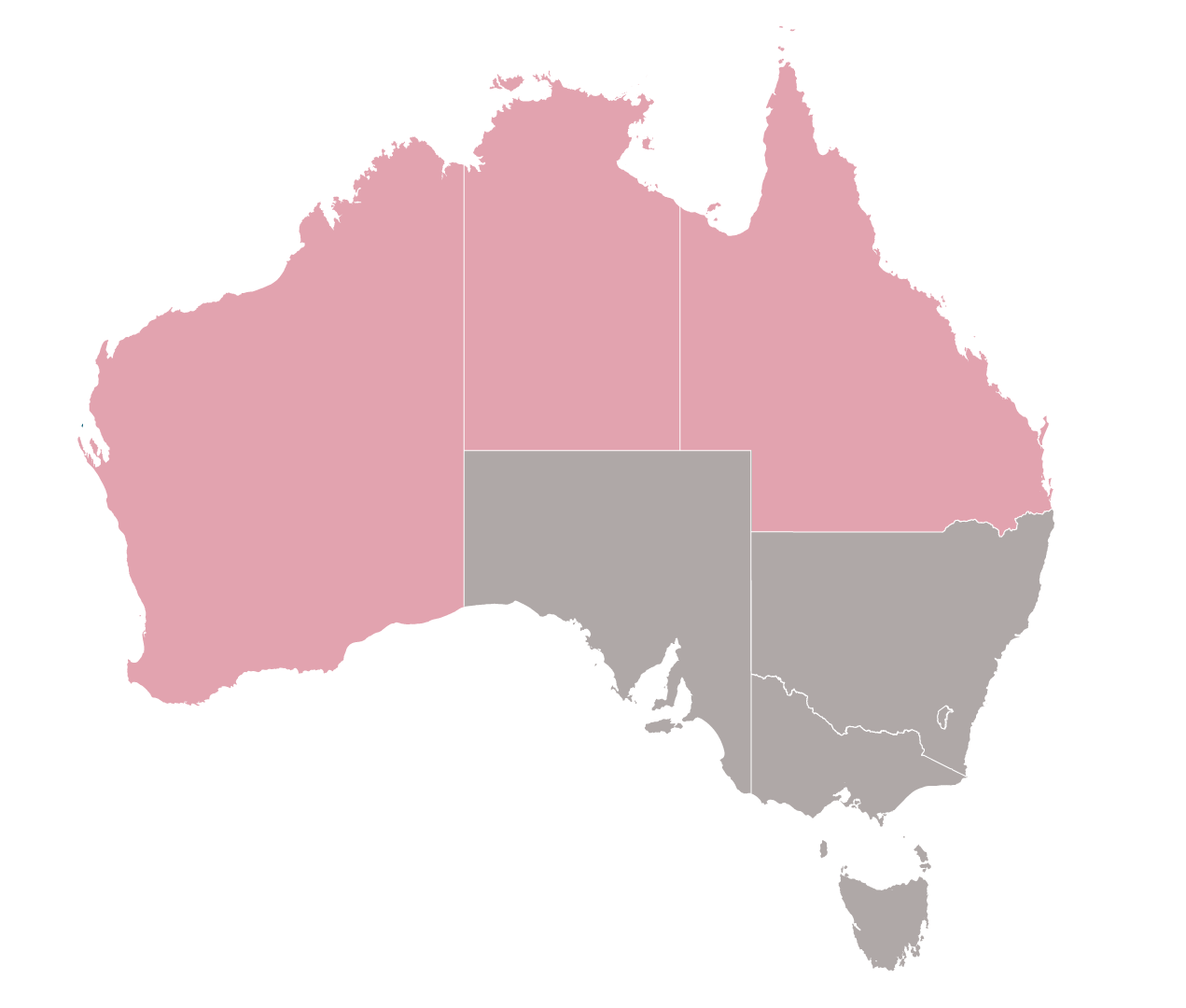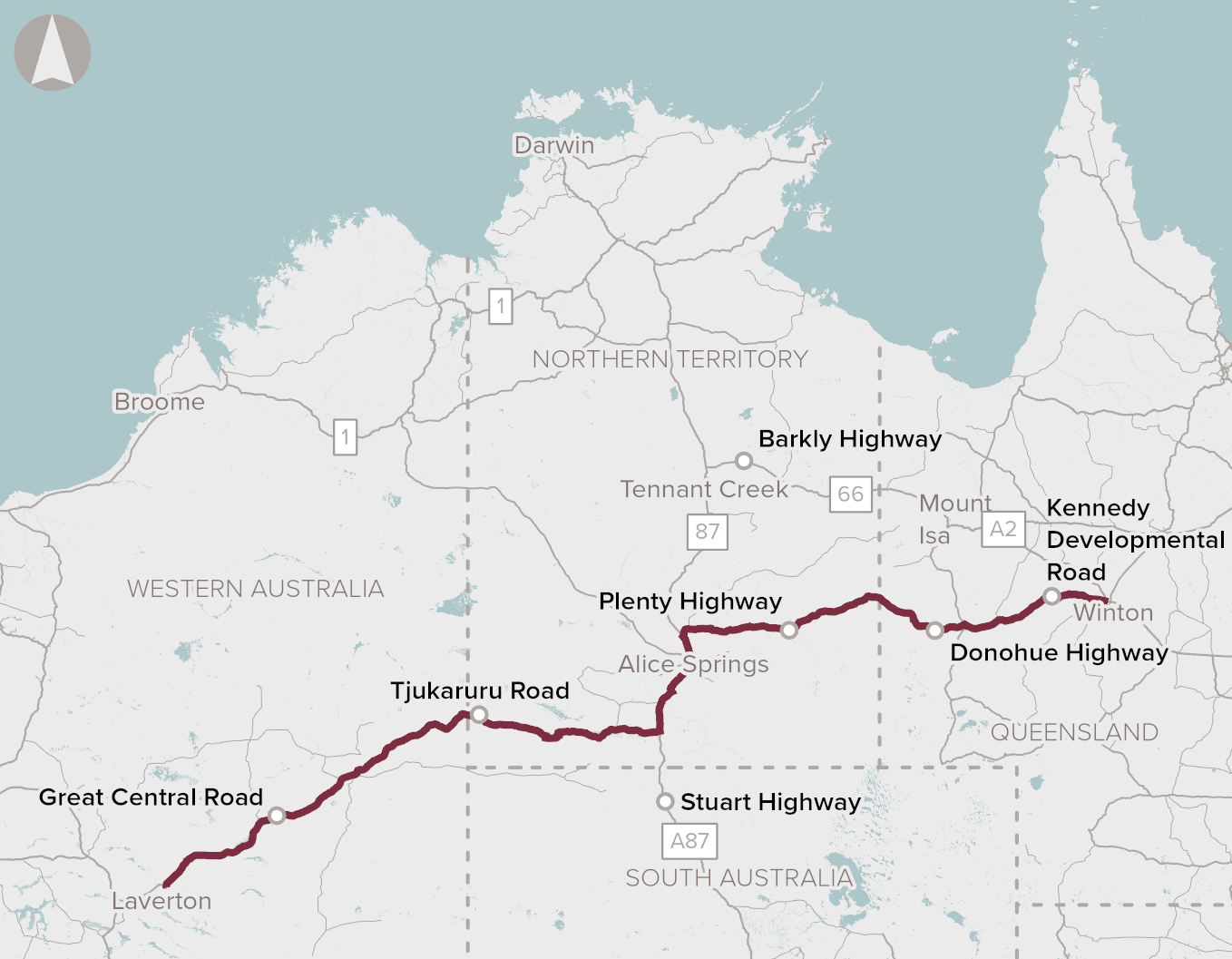

The Outback Way is the only direct route that connects Western Australia to Queensland, and is an important piece of national transport infrastructure.
The inconsistent and poor condition of the road leads to long and unreliable travel times and higher safety risk for road users. Around half of the route is unsealed.
There are 13 remote and regional communities that directly rely on the Outback Way for the supply of essential goods and services. This is adversely affecting economic growth in many of these remote communities, further entrenching social disadvantage.
Outback Way also supports industries such as tourism, cattle, freight and mining. However some operators have reported they avoid travelling on the Outback Way due to its poor condition, instead taking alternative but much longer routes such as the Barkly Highway.
The 2019 Australian Infrastructure Audit found that remote and regional supply chains are critical for industry and to supply communities with basic needs.
However, local governments often struggle to fund an maintain critical transport infrastructure. If this is not addressed, our agricultural supply chains and regional and remote communities will be vulnerable to delays, higher costs and extreme weather events.
The proposal is for improving the Outback Way, including its condition and resilience. Given the corridor is some 2,700 km long, the works should consider the most appropriate treatment for different sections.
In 2019, the Australian Government released Upgrading the Outback Way, an investment strategy which sets out the Australian Government's approach for investing their $330 million commitment to upgrade the route. As part of the investment strategy, $100 million was committed in 2016 to fund 13 short-term priority projects.
An additional $160 million was committed in 2018 to fund 12 medium-term priority projects. The proponent indicates that these projects will seal 309 kilometres of road.
The proponent also estimates that a further $500 million over 5 years is required to finish sealing the remaining 975 kilometres.
Proponent to identify and analyse potential investment options (Stage 2 of Infrastructure Australia's Assessment Framework) for remaining sections of the highway.


 EVALUATION COMPLETE
EVALUATION COMPLETE




